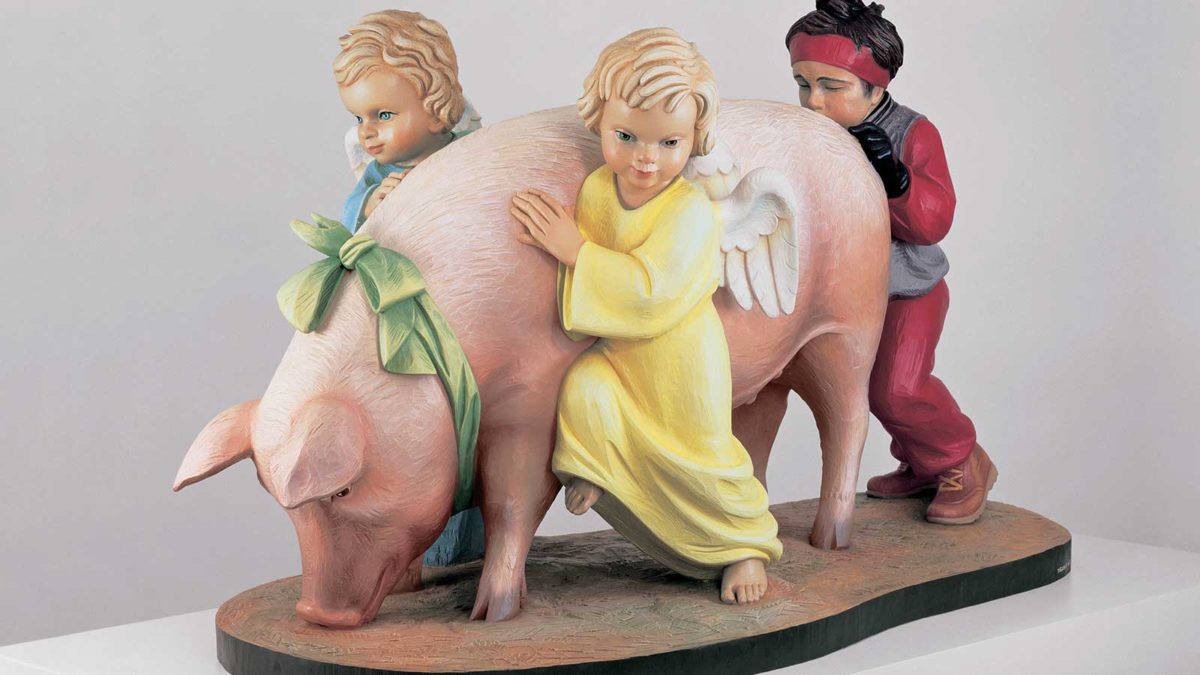
Modern Art
We live in a delightful 16th century farmhouse. The doorbell rings and the mood changes. We have had a sound sensitive light system installed, and a delivery has turned the room orange.
In the family none of our voices sound like a doorbell, so I wonder if the robotics think that we are in a fit of pique. If you are looking for a word to rhyme with ‘orange’, a lighting-mood robot might tell you that it is “ding dong”.
Art’s main functions, at home and in business, are mood and communication. It has investment value, yet the successful artist creates with the same intent as an inventor creating a new technology: to achieve or solve or share something they think is important. Investment in products will support the product’s concepts and sustain the company – or studio – which makes it. Investment in artworks for financial return has similar risks to investing in technology companies. The greatest gains come with novelty’s risk: will the concept prove itself in the market?
Art’s greatest investment proposition – for companies and leaders – is cultural and emotional power. Throughout history this is shown through civilisations, and business titans’ collections. Art is a mood adjuster and communicator. Like a cheerful or powerful song, good art (that is well conceived and produced) can change a viewer’s emotions, just as “mood lighting” does. Careful art choices show social and intellectual capital, magnifying your mission and ethos.
World-leading sculptor Jeff Koons is in exhibition at the Ashmolean. The Ashmolean is an historic museum, which rarely exhibits Western modern art. Koons is a superb choice, not only for international inclusivity and monumental sculptural quality, but because it is rare that one artist conveys so many of the benefits of modern art. Koons’ pieces are extravagantly loud, yet highly subtle. Koons is among the most successful living artists, in recognition and financially. His father was a successful designer, using colours and forms to shape the mood of a room – which means the mood of people experiencing the room. Koons is acutely aware of art’s power over emotions.
Art has fashions. Since the early 20th century, in many art movements, ‘Thought’ was everything. From cubism and Duchamp’s ‘readymades’, to abstract expressionism, into Brit Art, “concept” outshone visual beauty. Curators and critics have often been suspicious of anything that looks good, because an attractive piece may lack depth. Henri Matisse was, and is, often considered unengaging in the art world, because he refused to express intellectually, and instead focussed on celebrating beauty. Koons too has been reviled in art circles because his work has aesthetic merit. It has deep content, but some artworld voices find the concepts too metaphorical to grasp or believe, such as the notions of developmental attraction in Koon’s balloon pieces. Among Koons’ many works on display at the Ashmolean, perhaps the closest to what postmodernism has considered worthy is the water-suspended basketball (‘One Ball Total Equilibrium Tank’), because it is more conceptual than aesthetic.
After a century of concept-led movements, the art world is now starting to welcome beauty. Global markets and big art buyers include nations whose intellectual and wealthy moguls care little for British or American post-modern irony or socio-political observation. Tomorrow’s passionate works about intellectual issues will need to accept a shift toward technique and beauty. Koons excels at both, to convey concepts. When I ran a gallery I realised that, if art is visually appealing, the public listens. This combination of beauty and concept is a way to view Koon’s significance now. Few artists do it consciously and successfully.
Also focused on aesthetics to engage content, “Chromantics” is an Oxfordshire-based exhibition of 50 artists in “a celebration of the colourful”. The purpose: to convey beauty, desire and wonder.
“La Grande Fracture” is a forthcoming exhibition in Paris, building on the 2018 OVADA exhibition “The Great Divide”. Curator Tommy Watkins established galleries and collectives in New York before moving to Oxford. “La Grande Fracture” shows visually gripping works based on bold concepts, with potent content being prerequisite.
It is a collaboration of Paris gallery associations and over 60 artists from 4 continents, including many respected rising street artists who have shown in London and overseas major cities. In these two exhibitions, some artists tick both boxes, like Jeff does.
We can be excited and proud that Oxfordshire has this timely concentration of outstanding quality, highly relevant modern art. This is not just great art. It is what art is about. From the business perspective, art’s strength is cultural and emotional communication: aesthetics and message, desire and identity. If you are interested in how art is moving, Oxford provides an intercontinental masterclass. Happy viewing.
Exhibitions: “Jeff Koons”, Ashmolean Museum, until 9th June 2019. “Chromantics”, Cornerstone Gallery, Didcot, 3-28 April 2019. “The Great Divide” (“La Grande Fracture”), Paris.
More in Attractions
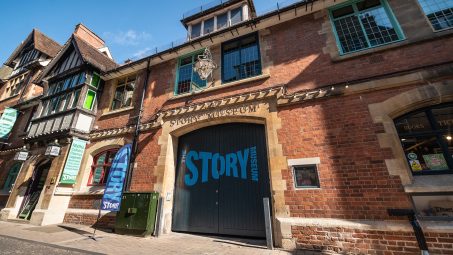
The Story Museum: Bringing Stories to Life in Magical Ways
The Story Museum is no ordinary museum. Nestled in the heart of Oxford, this unique, immersive space is dedicated to celebrating the power of storytelling in all its forms. Whether through interactive exhibitions, live performances, or creative workshops, The Story Museum is on a mission to enrich lives—especially young lives—through the magic of stories.
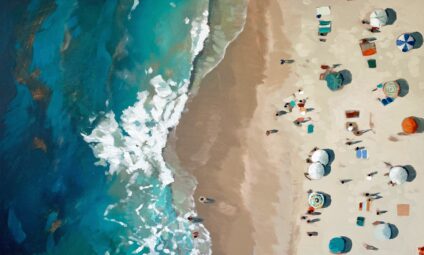
HENLEY FESTIVAL 2024 UNVEILS PIONEERING VISUAL ARTS SHOWCASE
10 – 14 July 2024 | henley-festival.co.uk | #HenleyFestival | @henleyfestival
Henley Festival Presented by Westcoast – the UK’s only boutique black-tie festival – is delighted to reveal this year’s dazzling visual arts programme, featuring one of Britain’s best-selling figurative painters Mark Demsteader, the Doug Moran National Portrait Prize and Archibald People’s Choice Award-winning artist Esther Erlich, and sculptor Holly Bendall, who creates striking bronzes including a Greenpeace-supported permanent public installation that can be experienced in Porthleven.

Blenheim Palace announces annual Jousting Tournament dates
This spring, step back in time at Blenheim Palace as the UNESCO World Heritage Site transforms into an action-packed battlefield for its annual Jousting Tournament.
From this author

Oxfordshire’s most renowned venues are ready and waiting to welcome you...
Freedom is here!! It’s time to start making plans and getting excited about moving back to a slightly more ‘normal’ world, with lockdown restrictions easing we are now able to visit wonderful venues such as Blenheim Palace, Oxford University colleges and The Ashmolean Museum.
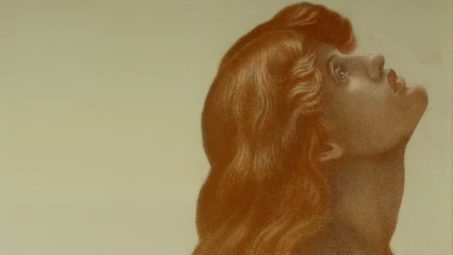
The Museum Is Open
The Ashmolean reopens today and we are delighted to welcome you back!
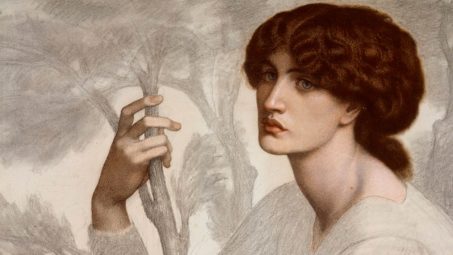
Pre-Raphaelites drawings and Watercolours Exhibition Film
In advance of our Pre-Raphaelites exhibition opening on 18 May, we’re giving you the chance to take a look inside through our brand new exhibition film.

